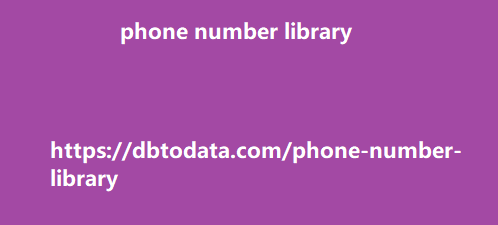By default, all links in the web are dofollow links. They pass on authority or ‘link juice’ and Google uses these links for rankings. On the other hand, nofollow links do not pass on link juice. User-generated content or of links that Google introduced in 2019. Links that are placed by users, not the website owners, should be tagged as UGC. While advertisements, affiliate links, and any other paid links should be tagged as sponsored links. Do nofollow links affect rankings? Originally, nofollow links do not affect rankings at all. Google would ignore these links and will help in ranking a website in any way. It was used mostly by webmasters to avoid spam on their websites and also to conserve their own website’s link juice.
However, Google announced last 2019
that nofollow links are now going to be used as ‘signals’ for rankings but still not necessarily direct ranking factors. Google did not say exactly how they are going to be used but we could assume that Google will use factors such as anchor texts to understand the context of websites better. What are examples of link building strategies? There are a lot of creative ways to acquire backlinks but some of the most popular and have the highest chances of getting quality links are: Guest posting HARO (Help a Reporter Out) Broken Link Building Competitor link building Round ups Publishing guides Frequently asked On-page SEO/Content What is on-page SEO? On-page SEO is the optimization of SEO factors that are found within the website.
These factors include title tags, meta
descriptions, headings, keyword density, image alt texts, keyword proximity, slugs, and more. How do you make SEO-friendly Content? The key difference when writing SEO-friendly content and other forms of content is you are writing articles with a specific keyword in mind and the goal to rank for that keyword in Google. Which means you need to think about integrating on-page SEO factors without sacrificing the integrity of an article. What is search intent? Search intent is the purpose of a user when doing a search. There are different types of search intent; informational, commercial, transactional, and navigational. Each keyword has a specific search intent that you need to satisfy if you want to rank for it.
Search intent is one of the most important
ranking factors in today’s SEO and it should be your focus when writing content. What is E-A-T? E-A-T stands for Expertise, Authority, and Trust. These are three criteria being used by Google’s quality raters who manually check websites and evaluate them. E-A-T started gaining popularity when the Google Quality Raters guidelines was revised back in 2018. Although Google said that E-A-T is not technically a ranking factor, it is still best to follow the best practices for it because it involves improving the overall quality of a website. Frequently asked Technical SEO Questions What are indexing and crawling? Indexing and crawling are two main processes that a website needs to undergo to appear in Google.
First, Google crawls a website to discover all
of the pages inside it and their austria phone number library contents. Google then processes all these data and once they are successful, the website will now be indexed and be available in Google search. What is a sitemap? A sitemap is a file that includes the list of all important URLs of a website. You can submit a sitemap in Google Search Console and Google will prioritize the crawling and indexing of the URLs inside the sitemap. How do I manage what Google crawls and index on my website? If you want to manage what Google crawls and index on your website, you need to verify your website in Google Search Console or GSC.
It is a free tool that allows you so manually
submit your website and sitemap. In Google Search Console’s Coverage report, you’ll be able to see all the pages Google is able to crawl and index on your website. It will also show you errors that may hinder your website from appearing in search. What is a robots.txt file? A robots.txt file includes URLs on your website that you do not want Google and other search engines to crawl. Usually, robots.txt files are used to manage crawl budgets and block other bots to avoid overloading of servers to maintain website speeds. Key TakeawayThe best way to gauge how we should optimize our pages for a given query or keyword is to check its search intent.
It might sound daunting but search intent is a
relatively simple concept to grasp what to consider for marketing automation provided that you have sufficient knowledge on the foundations of SEO. Recently, Search intent is one of the most important factors to consider when you’re trying to rank for any keyword on Google. Search engines detect the pages they want to rank according to the quality and relevance of the content, and this is why search intent is important. The pages that rank the highest fit the search term perfectly which is why you need to optimize your site’s content to cater to a specific search query. So you need to have a firm grasp on what search intent is and how you use it to get to the top of the rankings and here’s the guide that can help you with that.
What is Search Intent? Search intent is the
goal behind the user’s query. Simply powder data put, it’s the reason why they’re searching using a specific keyword. They might be looking for information, a product, reviews, or even services. It’s a topic that marketers always want to understand and make use of since there’s nothing better than serving what the users want when they see your brand. keywords/queries. Here’s an example: The search query “laptop” is broader and it’s more difficult to determine the intent behind it compared to the query “best laptops under $200 2021”. Why? Because “laptop” can entail a lot of interpretations.

